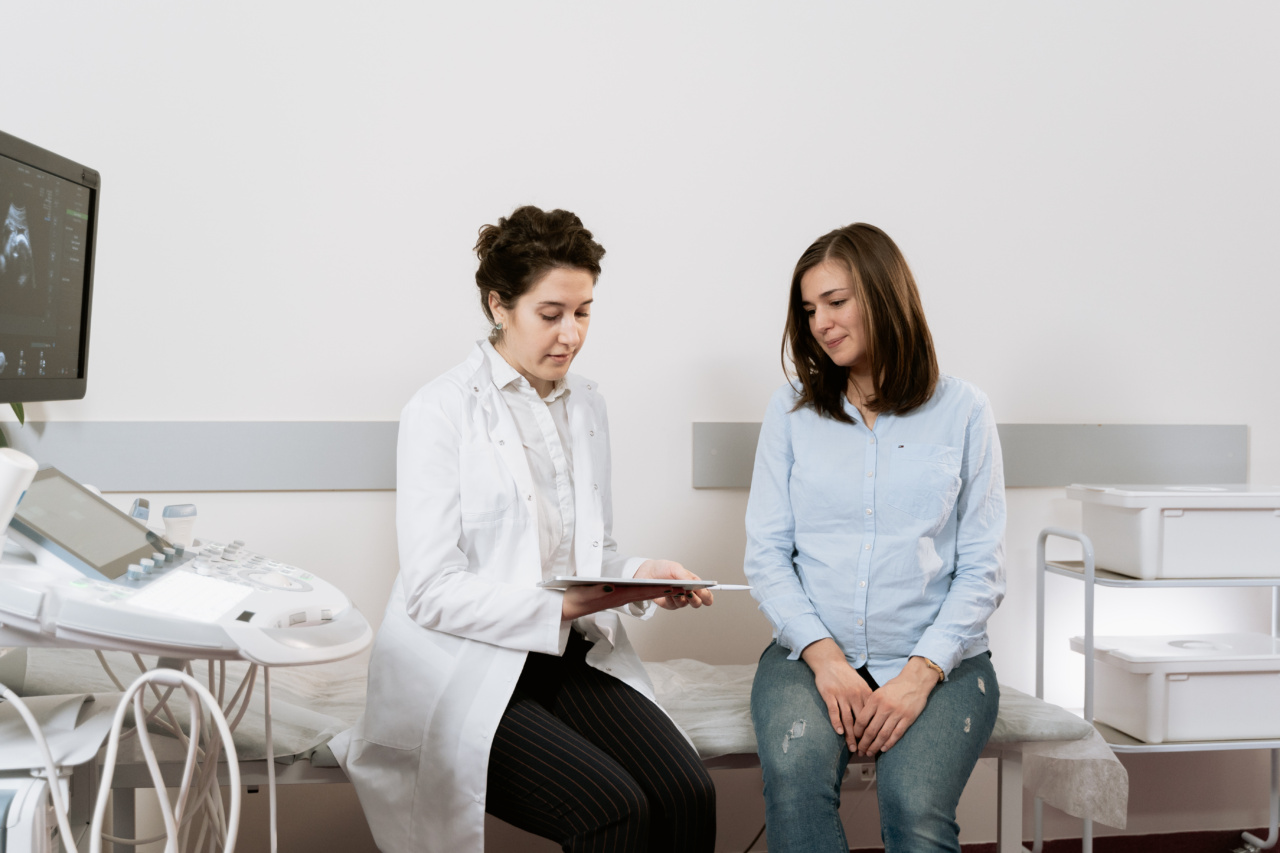Hospital facilities play a crucial role in providing quality healthcare services to patients. The infrastructure, equipment, and overall environment of a hospital greatly impact the patient experience and outcomes.
In this article, we will discuss why improving hospital facilities is important for patients and the benefits it brings.
1. Enhanced Patient Safety
Upgrading hospital facilities can significantly improve patient safety. State-of-the-art medical equipment, advanced technology, and modern infrastructure can minimize medical errors and prevent accidents.
For instance, hospitals with electronic medical record systems can reduce medication errors by providing accurate, up-to-date patient information to healthcare professionals.
2. Improved Quality of Care
Well-designed and well-equipped hospital facilities contribute to the delivery of high-quality care.
A modern and efficient infrastructure allows healthcare providers to offer a wide range of services, conduct complex procedures, and meet the diverse needs of patients. Upgraded facilities also help attract skilled medical professionals, leading to better treatment outcomes.
3. Positive Patient Experience
Patient satisfaction is an essential aspect of healthcare. By improving hospital facilities, patients are more likely to have a positive experience during their stay.
Comfortable and clean rooms, pleasant waiting areas, and amenities such as Wi-Fi access can significantly enhance patient satisfaction and overall well-being.
4. Quicker Diagnosis and Treatment
Modern hospital facilities enable faster and more accurate diagnosis and treatment. Advanced imaging systems, such as MRI and CT scanners, provide detailed images that aid in the identification of diseases and injuries.
Upgraded facilities also allow for efficient communication and coordination between healthcare professionals, leading to expedited treatment plans.
5. Access to Advanced Technology
Investing in hospital facility improvements allows healthcare organizations to acquire and utilize advanced medical technologies. From robotic surgical systems to telemedicine capabilities, these innovations can revolutionize patient care.
Access to cutting-edge technology ensures that patients receive the most up-to-date and effective treatments available.
6. Infection Control
Improving hospital facilities is crucial for effective infection control. Upgraded ventilation systems, isolation rooms, and proper storage of medical equipment help prevent the spread of infections within the healthcare setting.
These measures protect both patients and healthcare professionals, reducing the risk of hospital-acquired infections.
7. Enhanced Privacy and Confidentiality
Privacy and confidentiality are paramount in healthcare settings. By improving hospital facilities, steps can be taken to preserve patient privacy.
Soundproof walls, private consultation rooms, and secure electronic systems for storing patient records contribute to the protection of sensitive information and maintain patient trust.
8. Enhanced Disaster Preparedness
Upgraded hospital facilities are better equipped to handle emergencies and disasters. Robust infrastructure, backup power systems, and efficient evacuation routes ensure that hospitals can continue to provide care during challenging situations.
Improved disaster preparedness saves lives and minimizes the impact of unforeseen events on patients and staff.
9. Attracting and Retaining Healthcare Professionals
Creating modern and well-equipped hospital facilities is vital for attracting and retaining talented healthcare professionals.
Medical professionals, including doctors, nurses, and specialists, are more likely to choose institutions with advanced facilities that enable them to provide the best care possible. This, in turn, positively impacts patient outcomes and the overall reputation of the hospital.
10. Positive Impact on the Community
Improving hospital facilities has a positive impact beyond the patients themselves. A well-functioning healthcare institution enhances the overall well-being of the community it serves.
It provides employment opportunities, encourages economic growth, and ensures that individuals have access to comprehensive healthcare services close to their homes. By upgrading facilities, hospitals contribute to the overall development of the community.






























